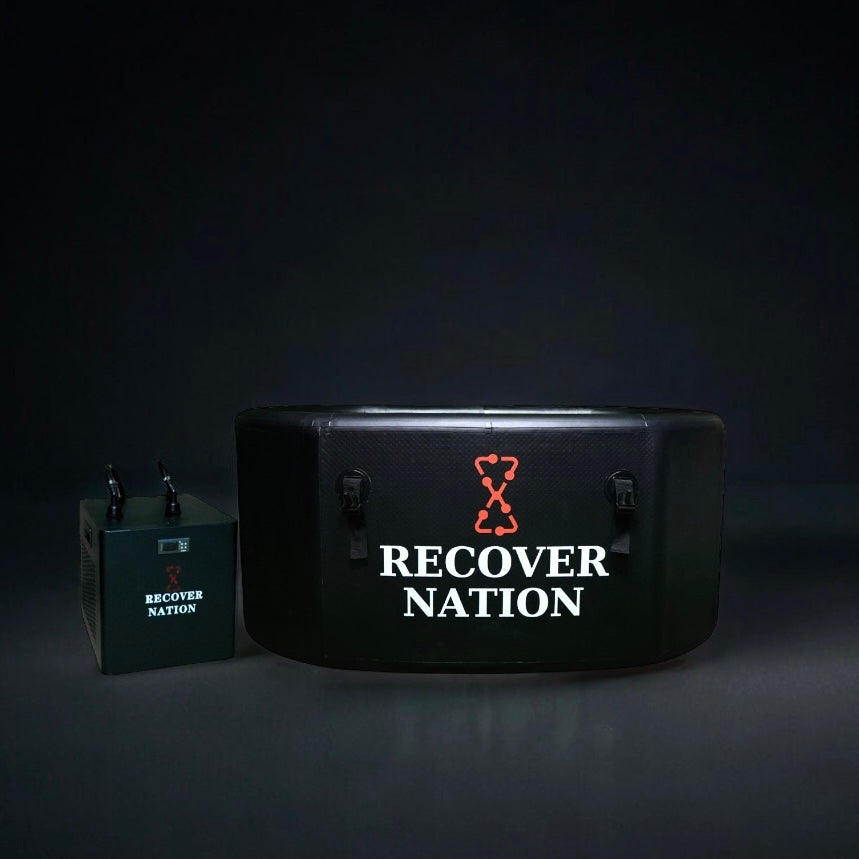Best Practices for Using Ice Baths: Maximizing Recovery and Performance
Ice baths have become a staple in the recovery routines of many athletes, revered for their ability to accelerate muscle repair and reduce soreness. However, to truly reap the benefits of this chilly recovery method, it's essential to follow best practices. Here’s a guide to help you use ice baths effectively and ensure you get the most out of each session.
1. Time Your Ice Bath Wisely
Timing is crucial when it comes to ice baths. To maximize their effectiveness, aim to take an ice bath within 30 minutes of finishing an intense workout or competition. This is when your muscles are most inflamed and require immediate relief. Waiting too long might reduce the effectiveness of the ice bath in alleviating muscle soreness and inflammation.
2. Maintain the Right Temperature
For optimal results, keep the water temperature between 10-15°C (50-59°F). Too cold, and you risk overexposure; too warm, and you might not achieve the desired anti-inflammatory effects. Use a thermometer to ensure the water stays within this range, and adjust the ice quantity accordingly to maintain the proper temperature throughout your bath.
3. Duration Matters
The ideal duration for an ice bath is between 10-15 minutes. Staying in the ice bath for too long can lead to discomfort or even numbness, while a shorter time might not provide sufficient benefits. Set a timer to ensure you stay within this recommended window, allowing enough time for the cold to reduce inflammation and promote recovery.
4. Gradual Entry and Exit
Entering an ice bath gradually can help your body adjust to the cold more comfortably. Start by immersing your legs and gradually move in until your entire body is submerged. Similarly, when exiting, take your time to warm up gradually. Rapid temperature changes can be jarring, so ease yourself out and allow your body to return to normal temperature slowly.
5. Combine with Other Recovery Techniques
While ice baths are highly effective, they work best when combined with other recovery strategies. Incorporate stretching, hydration, and proper nutrition into your post-workout routine to support overall recovery. Additionally, consider using foam rollers or massage to complement the effects of the ice bath.
6. Listen to Your Body
Everyone’s body responds differently to cold exposure. Pay attention to how you feel during and after the ice bath. If you experience excessive shivering, numbness, or discomfort, it’s important to exit the bath and warm up gradually. Adjust the duration and temperature of future ice baths based on your personal comfort and recovery needs.
7. Use Ice Baths Sparingly
While ice baths are beneficial, they should not be overused. Incorporate them into your recovery routine 2-3 times a week or as needed based on the intensity of your workouts and individual recovery needs. Overuse can lead to diminishing returns or interfere with muscle adaptation. Balance ice baths with other recovery methods to ensure a well-rounded approach.
8. Prepare Your Environment
Ensure you have a suitable space for taking an ice bath. Set up a comfortable area with towels and warm clothing readily available for when you finish. This preparation helps you transition smoothly from the cold water to a warm environment, aiding in your body’s natural rewarming process.
Final Thoughts
Ice baths are a powerful recovery tool when used correctly. By adhering to these best practices—timing your bath, maintaining the right temperature, and combining with other recovery techniques—you can maximize the benefits and support your athletic performance. Embrace the chill, listen to your body, and integrate ice baths thoughtfully into your routine for enhanced recovery and improved results.


